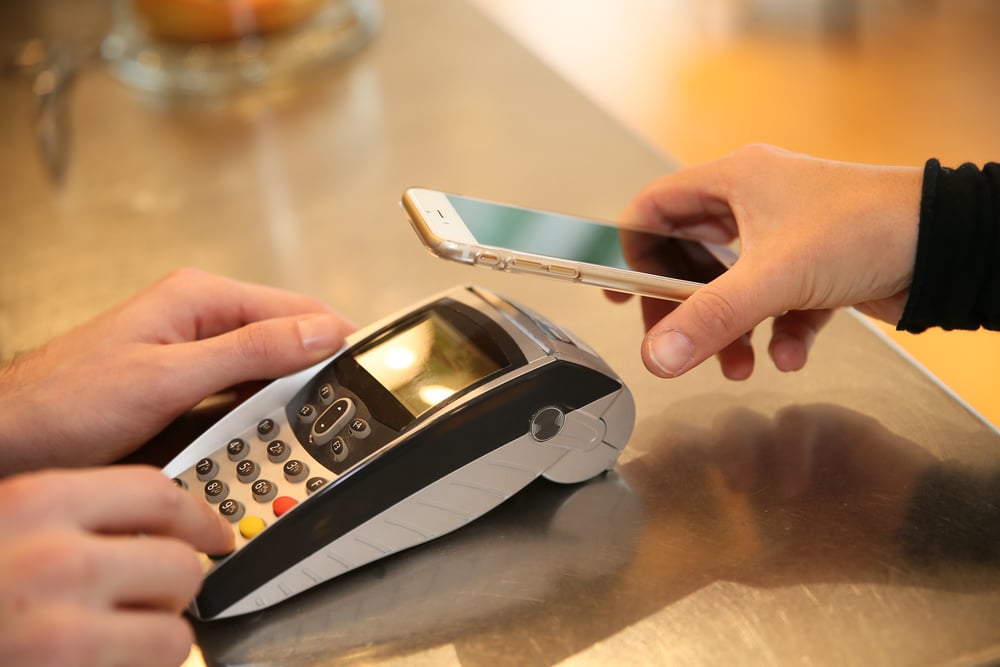The year 2020 put the retail industry into e-commerce hyperdrive. Lockdowns sequestered consumers at home, shut down non-essential businesses, and companies that weren’t already online were rushed into adaptation and omnichannel options—or suffer major revenue loss.
Three years later, many retailers have continued to follow their customers’ desires to give them a full-spectrum shopping experience. Shoppers want variety and convenience and personalization. They want an integrated journey, moving seamlessly from one channel to the next. They want omnichannel retail.
Respect the Tech for Customer Retention
Technology will continue to advance, and customers will follow it eagerly. If brick-mortar stores want to compete and remain relevant, they must consider embracing an omnichannel experience to bring in and retain customers. One study revealed that nearly 75 percent of shoppers used multiple channels to compare prices, look for discounts, accessed in-store devices to browse products. Another study found that 85 percent of customers preferred brands that offered physical and digital channels.
Let’s take a look at some of the tech brick-and-mortars can adopt to deliver your shoppers a unified omnichannel experience.
10 Retail Tech Trends for Brick-and-Mortar Stores
- Virtual Showrooms
For retailers who sell products too hefty to ship reasonably or that customers typically prefer to check out in person before they purchase—like furniture or riding mowers—a virtual showroom can be a valuable option. Seeing a product three-dimensionally gest the customer closer to what the product looks like in person—and that visualization might boost motivation to actually see it in person. - Buy Online, Pick-Up In-Store
Buy online, pick up in store (BOPIS) saw a surge in popularity in the past three years. Grocery stores, hardware stores, quick-service restaurants, and pharmacies often offer this option combine the convenience of shopping online with quick turnaround of shopping local. This method can also work for retailers who don’t have a suitable means of shipping product daily. Many retailers have found that when customers pick up orders in-store, they’ll often add additional products to their original order. Retailers can take advantage of this trend by strategically positioning high-converting, high margin add-ons near the BOPIS pick up areas. - Mobile Point-of-Sale
A mobile point-of-sale (mPOS) can empower sales staff to check live inventory status and stock at other locations without leaving the customer’s side. Sales associates can also use mPOS to complete contactless purchases and exchanges anywhere in the store without being tied to a register. They can also view customer data, like purchase history to help with personalizing suggestions. - Endless Aisles
When customers find an item out of stock, 35 percent visit a competitor’s store to find it, 37 percent go home and buy it online from a competitor. Stores can incorporate kiosks and tablets that allow customers to browse additional products or product options, such as colors, sizes, sizes, etc. beyond what’s in stock in the physical location. So, if a product is out of stock at that location, rather losing that customer to a competitor, the customer can order it online right in the store. - Omnichannel Order Management System
Retailers who operate online and at a physical location can use omni-channel order management (OMS) to track orders for both transaction channels. This technology also facilitates the above-mentioned ‘buy online, pick up in-store’ (BOPIS). - Store Inventory Management
Store Inventory Management goes beyond an OMS to improve stock accuracy with automation. Associates can scan products with a smart-phone camera to transfer and receive items easily. You will also have real-time inventory data for all locations and channels so you can keep your shoppers and associates in the know. - Supply Chain Automation
Automated supply chains can minimize complexities and help keep track of important changes and updates. Many retailers fall behind when it comes to modernizing the supply chain operations. But to keep up with front-end transformations and see true ROI, the supply chain must be updated for the omnichannel structure as well. - Augmented Reality
Much like virtual showrooms, augmented reality (AR) can help customers better imagine your products in their home, office, or on their body—they can see how a table with look in their dining room or how a pair of sunglasses with look on the face. Seventy-seven percent of consumers have used AR and 59 percent say they are more likely to purchase an item if they’ve tried it out with AR. - Artificial Intelligence
Data gathered and analyzed with the help of artificial intelligence (AI) deliver valuable insights, such as demand forecasting, more personalized product suggestions, customized promotions, and better understanding of the customer journey. AI can also help reduce overhead, enhance accuracy and overall end-to-end efficiencies. - Put Customer Experience First
At the end of the day, it’s not the technology itself that matters so much as your shoppers’ experience. Think of your consumer. What do they want? How can you improve your services and operations to benefit them? What will make them include your brand in their journey?
An omnichannel option gives your customers choices and convenience and personalization. It gives them what they want.
If you’d like to speak with one of our retail strategists about the best options for modernizing your retail operations, visit Genzeon.



